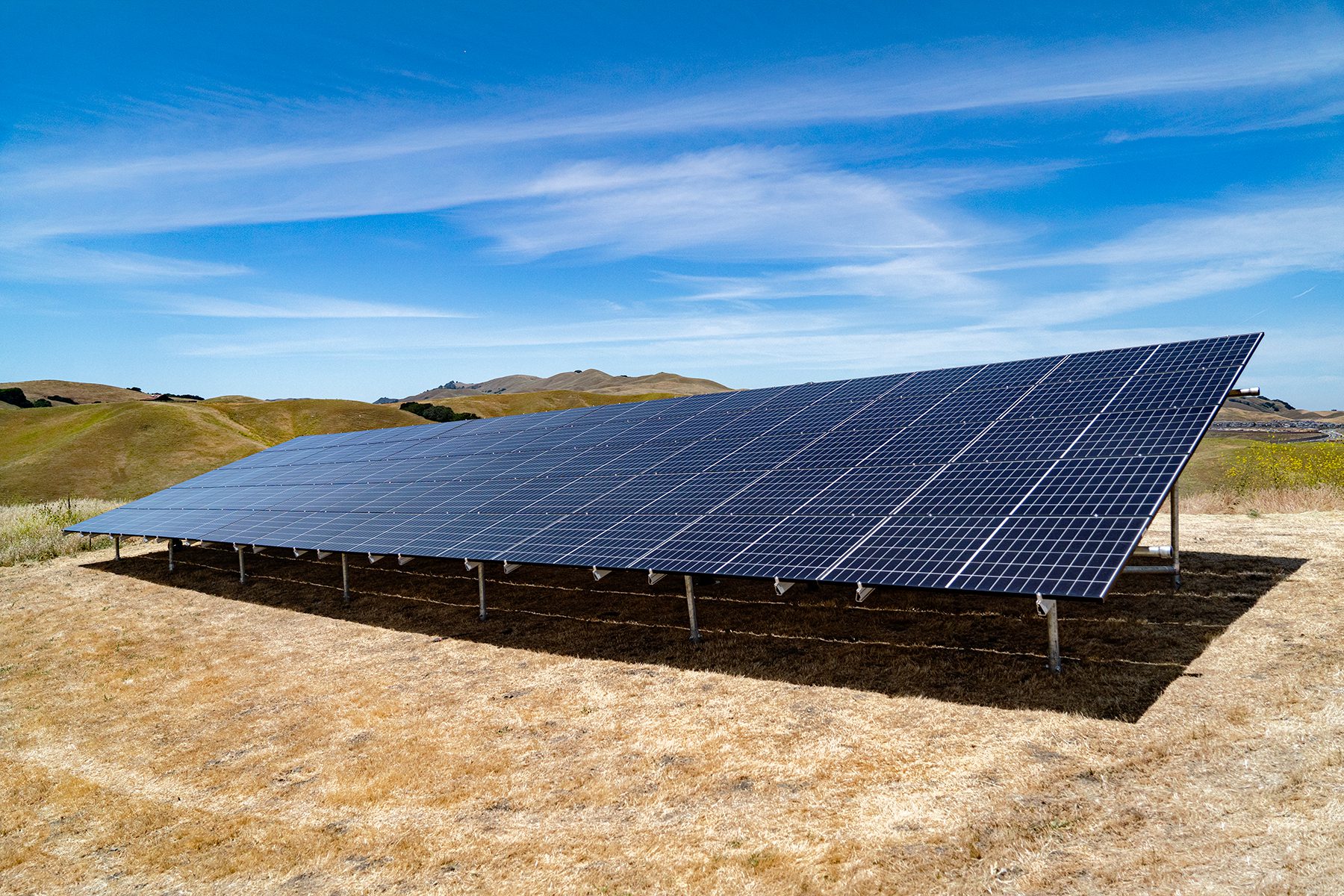DON’T BE LEFT IN THE DARK
If you’re invested in home solar energy, you know that one of the best perks is not having to deal with a monthly power bill. And while going solar is easy, understanding your annual true-up bill can be intimidating.
The true-up bill is an annual statement from PG&E showing how much grid power you used over the past 12 months—and how much power you put back into the grid. Depending on the difference, you may have to pay PG&E a reduced rate for the times you used their electricity… or, if you’ve sent excess power to them, they’ll pay you back!
To help you understand your true-up bill, we created a video tutorial on how to read your statement. Check it out now to discover whether you owe PG&E—or they owe you.
TAP INTO YOUR POWER
Want to make your next true-up bill even more profitable? The best and easiest thing you can do is monitor your energy. That way, you can tell whether or not you’re meeting your goals and then adjust accordingly.
Whether you’ve got an app or an online portal, here are our top three tips for successful energy monitoring to take your power to the next level.
- Check your monitoring regularly. Don’t just set it and forget it! Take a look at your monitoring system at least once a month. That way, you’ll understand how much power you’re producing over the 12-month cycle.
- Keep your solar panels clean. A clean panel is an efficient panel. And more sunlight on your panel means more electricity can be generated. We recommend cleaning your panels every other year to ensure optimal performance.
- Learn from your data. When you watch your monitoring regularly, you understand what’s normal (and what isn’t). Make adjustments as needed to achieve your power goals, like adding more panels or a battery backup to offset your usage.

